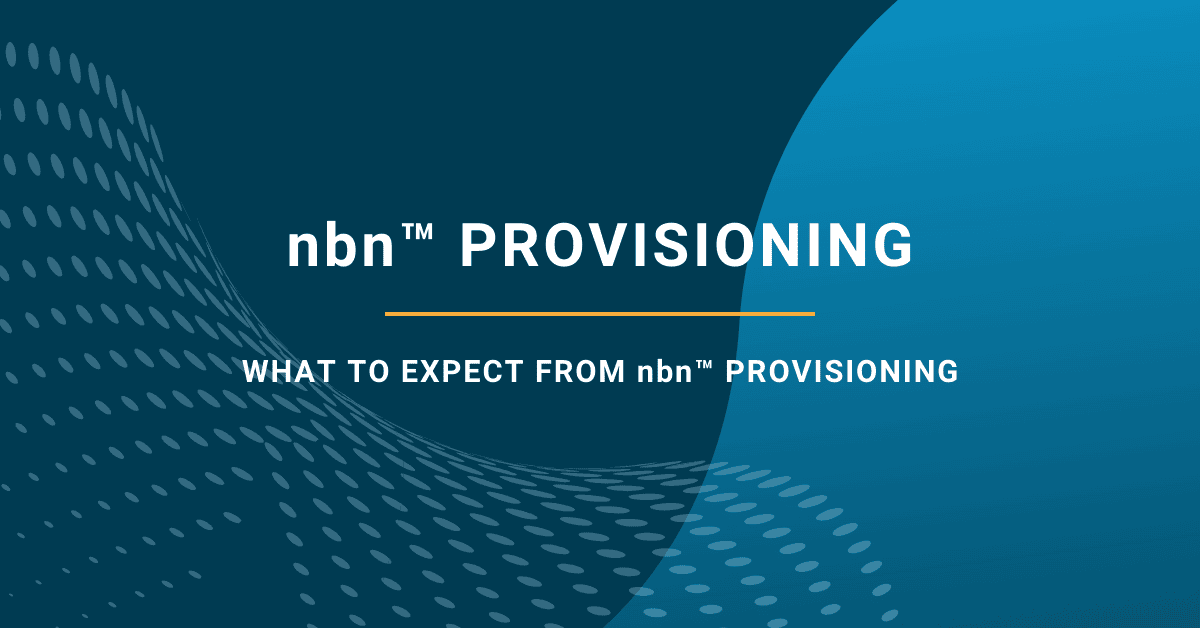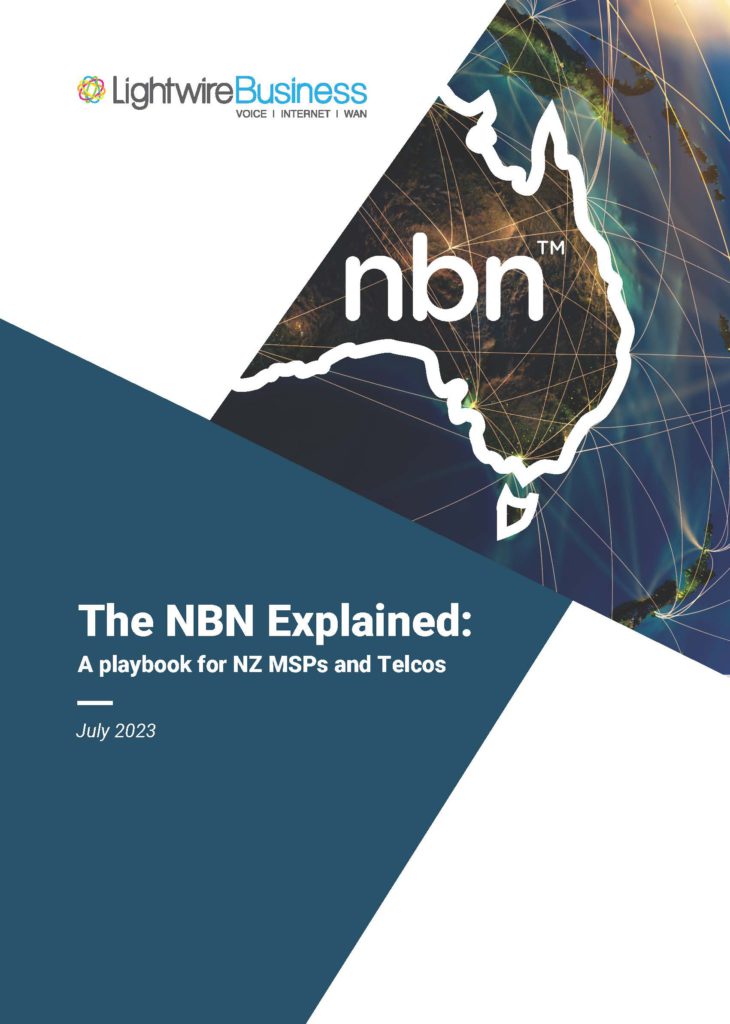When it comes to nbn™ provisioning and what to expect, there are two different scenarios and they depend on whether the necessary nbn™ infrastructure at the premise is already present or not.
Click on the links below to scroll to your relevant scenario:
Scenario 1: Provisioning Process When a Build is Required
In cases where a build is required, such as a new development, a location where NBN has not been rolled out, or when a different connection technology type needs to be installed, the provisioning process for nbn™ TC-4 services is as follows:
1. Sign Up with an Retail Service Provider (RSP):
The customer signs up for a service through a Retail Service Provider (RSP) who acts as the intermediary between the customer and nbn™ Co.
2. Assessing Feasibility:
nbn™ Co assesses the feasibility of the installation. The process can vary depending on the type of nbn™ connection (FTTP, FTTN, FTTB, FTTC, HFC, Fixed Wireless, or Satellite) being installed.
You can find out more about the different nbn™ access types here.
3. Order Submission:
The RSP submits a service order and a new development application to nbn™ co via their B2B systems, if applicable.
4. Appointment Scheduling:
nbn™ Co schedules an appointment with a technician to visit the premises. The timing may depend on the availability of the technicians and the level of construction required.
5. Installation and Build:
The nbn™ Co technician carries out the necessary construction work. This may involve installing fibre cables to the premises, setting up a node nearby for FTTN, or mounting a satellite dish for Satellite connection.
6. NTD Installation:
Post-construction, the technician installs the appropriate nbn™ network termination device (NTD) at the premises. nbn™ will not complete any internal cabling, they will deliver to the MDF in a building, and not to the tenancy. If internal cabling is required, that needs to be organised by the customer, or in the case of Lightwire, we look after it at additional cost.
This blog post has information on the nbn™ Network Temination Devices (NTDs) also known as Network Termination Units (NTUs)
7. Service Activation:
After the NTD is installed, nbn™ Co activates the service, notifies the RSP, and the RSP completes the activation process on their end.
8. Customer Router/Modem Setup:
The customer connects their router/modem to the NTD. The RSP usually provides support for this step.
9. Ongoing Support:
The RSP provides ongoing support, including billing, speed changes, fault reporting, and other customer service functions.
Scenario 2: Provisioning Process When No Build is Required
When a premises already has the necessary nbn™ infrastructure and no additional build is required, the provisioning process for nbn™ TC-4 services is more streamlined:
1. Sign Up with an Retail Service Provider (RSP):
The customer chooses an RSP and a suitable nbn™ plan.
2. Order Submission:
The RSP submits a service order to nbn™ Co.
3. Service Activation:
If the necessary nbn™ NTD is already installed at the premises, nbn™ Co activates the service remotely. The RSP is then informed of the successful activation.
4. Customer Router/Modem Setup:
The customer connects their router/modem to the NTD, enabling access to the internet. RSPs typically provide support to customers for this step.
5. Ongoing Support:
The RSP continues to provide ongoing support, including billing, speed changes, fault reporting, and other customer service functions.
In both scenarios, the exact processes and timelines can vary depending on the specific circumstances, such as the connection technology type, the customer’s location, and the RSP’s systems and procedures.
Everything nbn™ Explained
The team is finishing up the upcoming playbook that gives you the detail needed to sell Australian nbn™ internet services effectively. From high-level market intel to service-specific details, it’s all covered.


